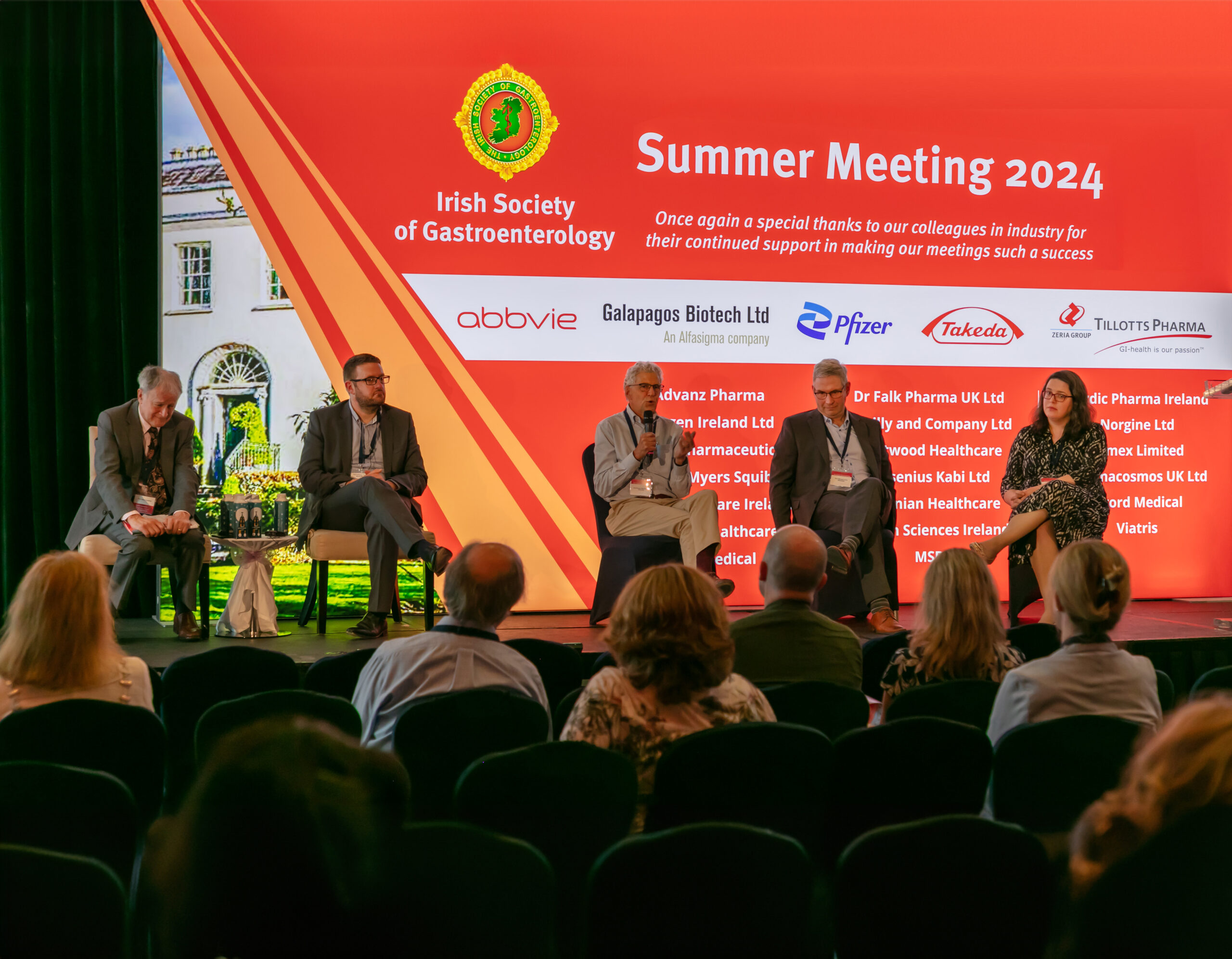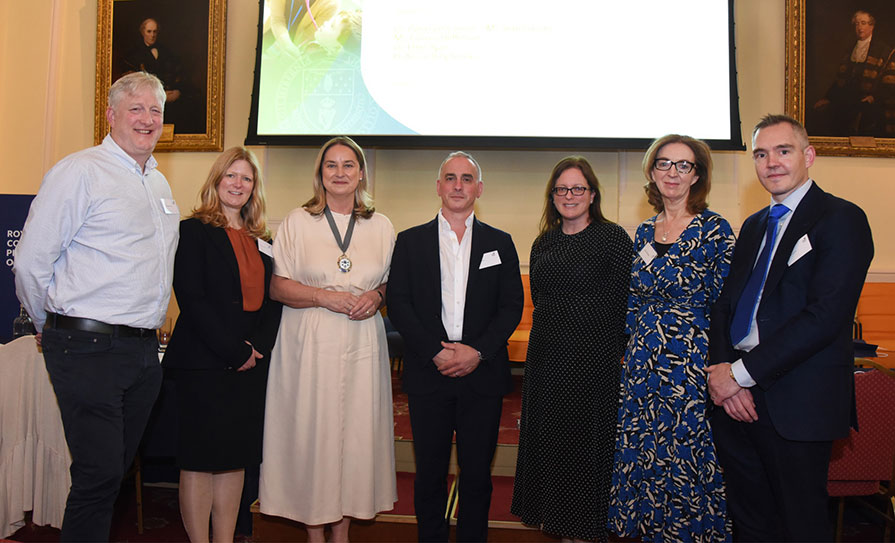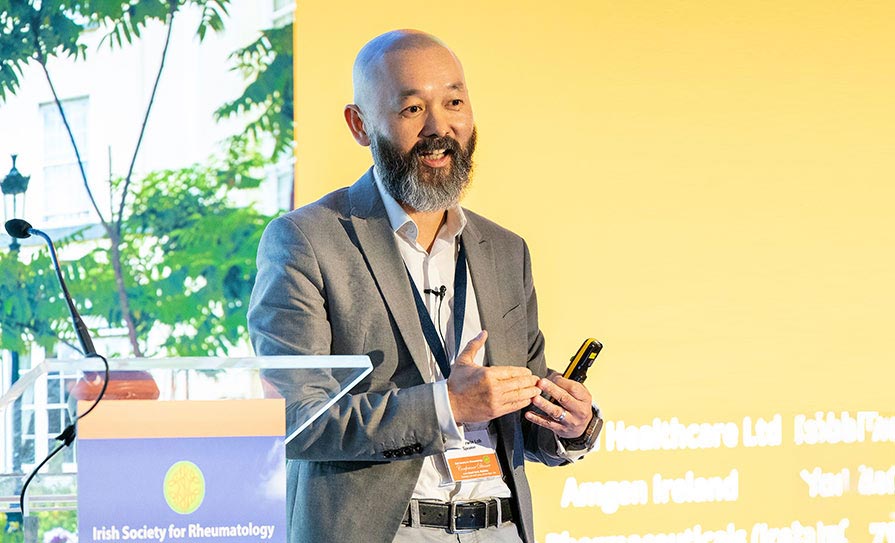Priscilla Lynch presents a round-up of some of the most topical research presented at this year’s ASCO Annual Meeting
Pelvic radiation can cause significant gastrointestinal (GI) morbidity in patients who have recovered from gynaecological/urological/colorectal cancers, which can be poorly recognised and treated, but much can be done to help these patients, the ISG 2021 Summer Meeting heard. Prof Jervoise Andreyev, Consultant Gastroenterologist in Pelvic Radiation Disease at the Royal Marsden, UK, said that up to 30 serious GI symptoms, such as incontinence; diarrhoea; abdominal pain; fatigue; flatulence; rectal bleeding; sexual dysfunction; and other IBS-type symptoms can develop in the months after pelvic radiotherapy.
These symptoms develop because radiation can induce changes in one or more specific physiological functions in widely separated parts of the GI tract that lie in the path of the radiotherapy beam. Furthermore, pre-existing subclinical disease might be destabilised because of minor GI changes induced by radiotherapy, while new diseases might manifest after radiotherapy and be confused with symptoms induced by radiotherapy. “Any insult can cause pathological changes… and pelvic radiation can cause progressive ischaemia, which leads to fibrosis.”
These issues are substantially more common than generally recognised and are frequently poorly managed, Prof Andreyev commented. Despite the huge impact on quality-of-life, there are virtually no studies on what can be done for these patients. They are often “fobbed off and told they are lucky to be alive and to stop complaining”.
However, much can be done, he maintained, with a step-by-step approach. This includes a wide range of appropriate standard tests to assess each individual symptom and the impact of diet, vitamin deficiencies, stress, etc, so that obvious treatment options emerge.
“Once you grasp that symptoms are due to ‘physiological upset’ then the management of complex symptoms becomes relatively straightforward.”
Sometimes simple diet changes can make a big impact: “Studies show that people are less able to tolerate fibre after pelvic radiotherapy, but they are not told this and believe that more fibre is good for them, for example… while people can have developed lactose intolerance or bile-acid malabsorption.”
Following a checklist and algorithm for assessing and treating these patients is not complex, he explained. It can be done using a multidisciplinary approach in conjunction with specialist nurses, dietitians, and urology, etc. This is cost-effective and can significantly improve the underlying issues, Prof Andreyev said, citing supporting data.
“So, actually, if you follow a checklist and algorithm, if you’re very systematic with this group, you can make them better, whereas if you take a punt and guess you usually get it wrong.”
Looking at the latest approaches to try to pro-actively address these issues, he said there seems to be some promise in hyperbaric oxygen therapy. However, more data is needed, while there are a number of drugs that could be useful if tested. “Because this is such a large problem for so many patients it is really important that these studies happen.”
In conclusion, Prof Andreyev said that as well as using the aforementioned checklists and algorithms and rolling out referral pathways, new preventative strategies, biomarkers of normal tissue toxicity, and better disease modifying therapies are also needed to optimise care for post-pelvic radiation patients.
Meanwhile, other speakers at the meeting included Mr Paul Carroll, Oesophagogastric and General Surgeon, Galway University Hospital, who spoke about ‘Gastric Surgery – The future’. He showcased the latest developments in minimally invasive surgical techniques with robotic surgery representing the next big step forward.
Prof Mario Dinis-Ribeiro, Consultant Gastroenterologist, Head of Gastroenterology Department, Portuguese Oncology, Institute of Porto, discussed early gastric cancers and pre-cancer detection and management. He noted that there is an increase in these cancers, with a growing ageing population, “and if we don’t change what we do, the cases will continue to be diagnosed at a late state and the deaths will rise”. He said better stratifying and surveillance of high-risk patients, including assessing H.pylori status, is key in this regard.
Dr Eamonn Quigley, Past President of the World Gastroenterology Organisation and Chief of Gastroenterology and Hepatology at Houston Methodist Hospital, Texas, US, gave a practical update on managing oesophageal dysmotility, including the increasingly useful role of high-resolution manometry in diagnosis; while Prof Ramesh Arasaradnam, Consultant Gastroenterologist, University of Warwick, UK, discussed using faecal immunochemical test (FIT) in symptomatic disease.
“FIT clearly has a role; we just need to decide in what setting and what is the optimal cut-off. Because without doubt if FIT is used wisely it can release a lot of colonoscopy capacity which can be better directed to support bowel cancer screening, which is where we aim for early detection, and so improve five- and 10-year colon cancer survival.”













Leave a Reply
You must be logged in to post a comment.